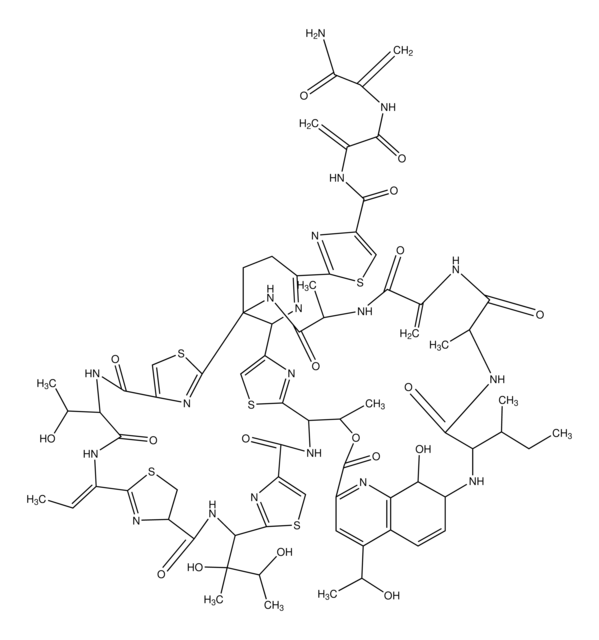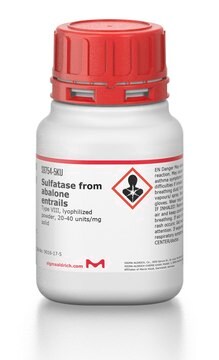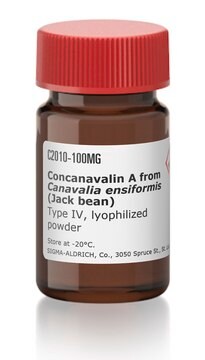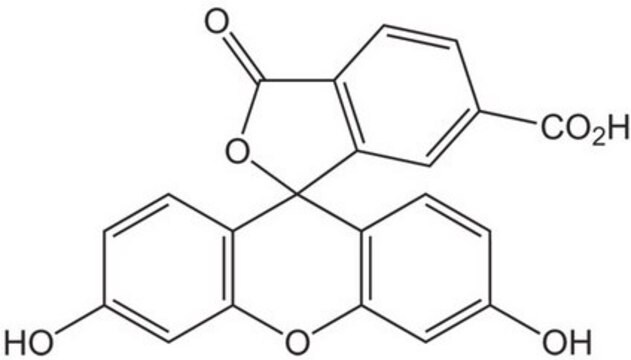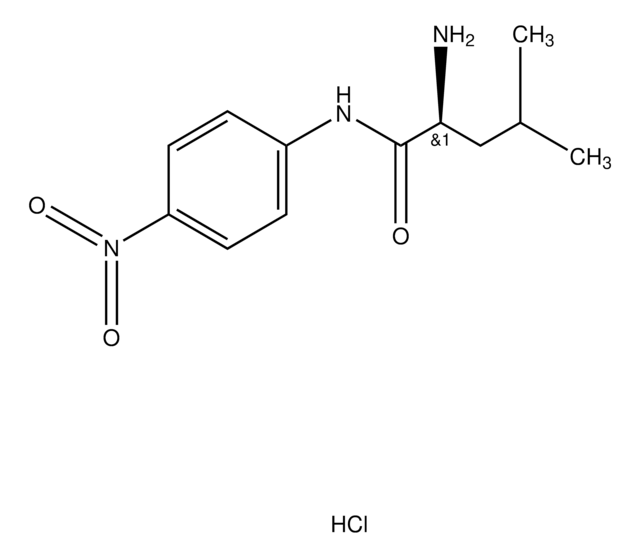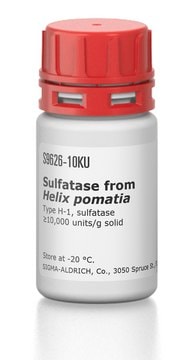T8902
Thiostrepton aus Streptomyces azureus
from Streptomyces azureus, ≥90% (HPLC), powder, FoxM1 inhibitor
Synonym(e):
Bryamycin, NSC 170365, NSC 81722, Thiactin, Thiostreptin A
About This Item
Empfohlene Produkte
product name
Thiostrepton aus Streptomyces azureus, ≥90% (HPLC)
Assay
≥90% (HPLC)
Löslichkeit
acetic acid: soluble 25 mg/mL, clear to hazy, yellow to brownish-yellow
Wirkungsspektrum von Antibiotika
Gram-negative bacteria
Gram-positive bacteria
parasites
Wirkungsweise
protein synthesis | interferes
Lagertemp.
−20°C
SMILES String
CCC(C)C1NC2C=Cc3c(cc(nc3C2O)C(=O)OC(C)C4NC(=O)c5csc(n5)C(NC(=O)C6CSC(=N6)C(\NC(=O)C(NC(=O)c7csc(n7)C8(CCC(=NC8c9csc4n9)c%10nc(cs%10)C(=O)NC(=C)C(=O)NC(=C)C(N)=O)NC(=O)C(C)NC(=O)C(=C)NC(=O)C(C)NC1=O)C(C)O)=C\C)C(C)(O)C(C)O)C(C)O
InChI
1S/C72H85N19O18S5/c1-14-26(3)47-63(105)78-30(7)57(99)75-28(5)56(98)76-31(8)58(100)91-72-19-18-40(66-85-43(22-111-66)59(101)77-29(6)55(97)74-27(4)54(73)96)81-52(72)42-21-112-67(83-42)49(34(11)109-69(107)41-20-37(32(9)92)36-16-17-39(79-47)51(95)50(36)80-41)89-60(102)44-24-113-68(86-44)53(71(13,108)35(12)94)90-62(104)45-23-110-65(84-45)38(15-2)82-64(106)48(33(10)93)88-61(103)46-25-114-70(72)87-46/h15-17,20-22,24-26,30-35,39,45,47-49,51-53,79,92-95,108H,4-6,14,18-19,23H2,1-3,7-13H3,(H2,73,96)(H,74,97)(H,75,99)(H,76,98)(H,77,101)(H,78,105)(H,82,106)(H,88,103)(H,89,102)(H,90,104)(H,91,100)/b38-15-
InChIKey
NSFFHOGKXHRQEW-BXVAPQLOSA-N
Suchen Sie nach ähnlichen Produkten? Aufrufen Leitfaden zum Produktvergleich
Allgemeine Beschreibung
Anwendung
Biochem./physiol. Wirkung
Angaben zur Herstellung
Lagerklassenschlüssel
11 - Combustible Solids
WGK
WGK 3
Flammpunkt (°F)
Not applicable
Flammpunkt (°C)
Not applicable
Persönliche Schutzausrüstung
Eyeshields, Gloves, type N95 (US)
Analysenzertifikate (COA)
Suchen Sie nach Analysenzertifikate (COA), indem Sie die Lot-/Chargennummer des Produkts eingeben. Lot- und Chargennummern sind auf dem Produktetikett hinter den Wörtern ‘Lot’ oder ‘Batch’ (Lot oder Charge) zu finden.
Besitzen Sie dieses Produkt bereits?
In der Dokumentenbibliothek finden Sie die Dokumentation zu den Produkten, die Sie kürzlich erworben haben.
Kunden haben sich ebenfalls angesehen
Unser Team von Wissenschaftlern verfügt über Erfahrung in allen Forschungsbereichen einschließlich Life Science, Materialwissenschaften, chemischer Synthese, Chromatographie, Analytik und vielen mehr..
Setzen Sie sich mit dem technischen Dienst in Verbindung.